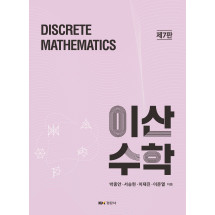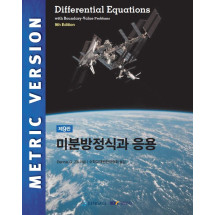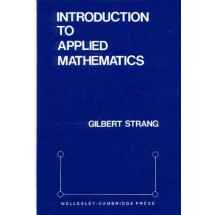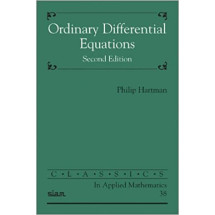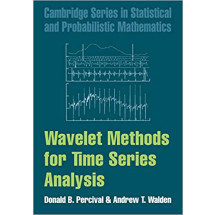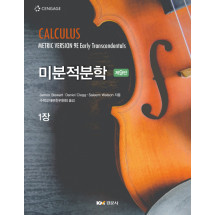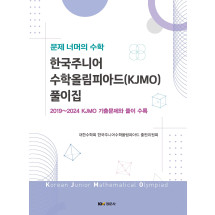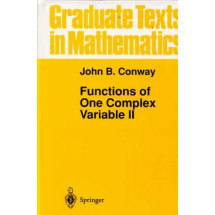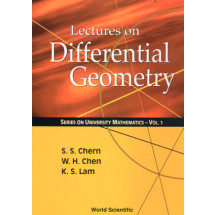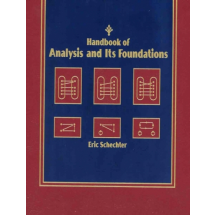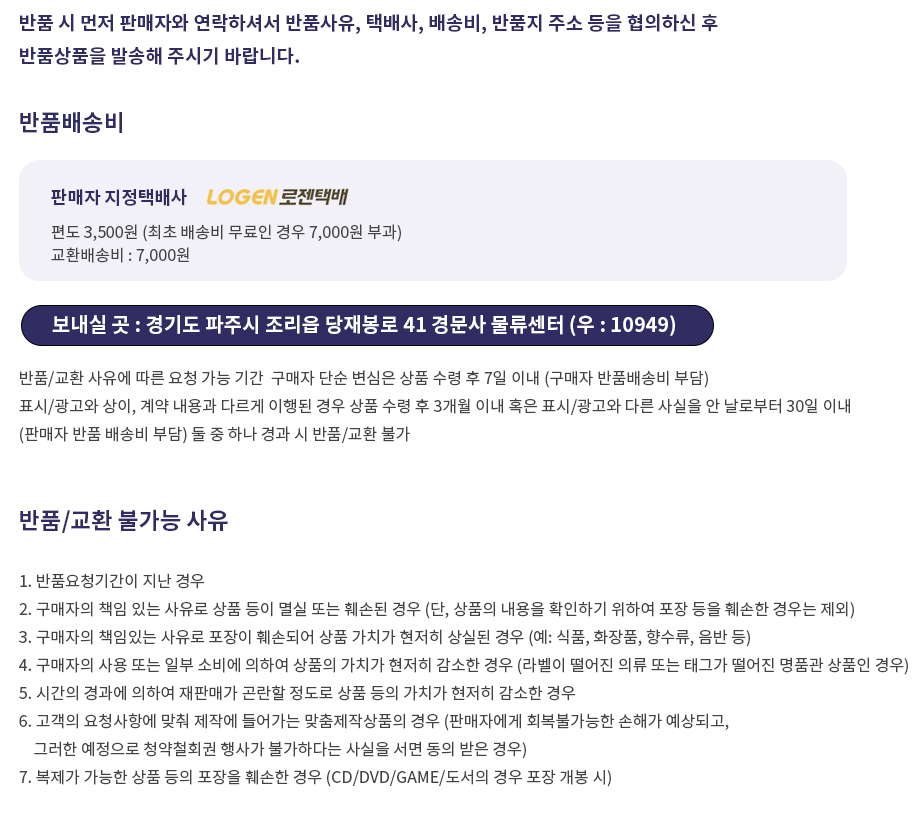I. WRITING.
1. Writing to Learn
a. Why do we write?
b. How important is writing to success?
c. How do we communicate effectively?
d. Has technology changed how we write?
e. How can this handbook help?
2. Critical Thinking, Reading, and Viewing.
a. Think critically
b. Read actively and critically
c. View actively and critically
3. Preparing.
a. Overview of the writing process.
b. Experiment and explore
c. Invent and prewrite.
d. Gather information
e. Plan and organize.
4. Composing.
a. Review
b. Draft
c. Collaborate
d. STUDENT SAMPLE: Draft
5. Rewriting.
a. Shift from writer to reader
b. Revise
c. Edit
d. Proofread
e. Give and receive feedback
f. STUDENT SAMPLE: Final paper.
6. Structuring Paragraphs
a. Unified paragraphs
b. Organizational patterns
c. Sentence-linking techniques
d. Verb tense, person, and number.
e. Parallelism and coherence
f. Appropriate length.
g. Link with key words
h. Effective introductions and conclusions
7. Formulating Arguments.
a. Arguable thesis
b. Purpose and audience.
c. Supporting evidence
STUDENT SAMPLE: Argument paper
d. Understand alternative views.
e. Test your main points
f. Build a compelling case
g. Avoid fallacies
h. Structure your argument
i. Electronic argument.
j. Visual argument.
II. RESEARCH.
8. The Research Project
a. Become a researcher.
b. Scheduling
c. Research notebook
d. Working bibliography
e. Background information
f. Focused research
9. Using the Internet for research
a. Use Internet sources
b. Know the Internet and Web
c. Search the Internet and Web
STUDENT SAMPLES: Database and Internet searches
10. Evaluating Electronic and Print Sources.
a. Legitimate sources.
STUDENT SAMPLE: Web links evaluation
11. Using Sources and Avoiding Plagiarism.
a. Use sources responsibly.
b. Avoid plagiarism in using sources
c. Paraphrase accurately.
d. Avoid plagiarism in paraphrasing
e. Summarize briefly
f. Avoid plagiarism in summarizing
g. Quote sparingly
h. Avoid plagiarism in quoting
12. Writing the Research Paper.
a. Rhetorical stance and thesis.
b. Plan your structure.
c. Write a draft.
d. Review and revise your draft.
e. Follow formatting conventions.
STUDENT SAMPLE: Annotated research paper.
13. MLA Documentation Format.
A DIRECTORY TO MLA STYLE
14. APA Documentation Format.
A DIRECTORY TO APA STYLE
.
15. CMS and CSE Formats.
A DIRECTORY TO Chicago Manual STYLE
A DIRECTORY TO CSE STYLE
III. WRITING IN THE DISCIPLINES
16. Writing in the Disciplines
a. Disciplinary research
b. Disciplinary discourse
17. Writing in the Humanities.
a. Types of writing
b. Literary interpretation and analysis
STUDENT SAMPLE (MLA):Literary interpretation
STUDENT SAMPLE (MLA): Literary analysis
d. Internet and library resources.
A DIRECTORY FOR THE HUMANITIES
18. Writing in the Natural Sciences.
a. Types of writing
b. Write objectively
STUDENT SAMPLE (CSE): Research report.
d. Internet and library resources.
A DIRECTORY FOR THE SCIENCES AND TECHNOLGY
19. Writing in the Social Sciences
a. Types of writing
b. Write persuasively
STUDENT SAMPLE (APA): Research report
d. Internet and library resources
A DIRECTORY FOR THE SOCIAL SCIENCES.
IV. DESIGN IN PRINT AND ON THE WEB.
20. Design Principles
a. Three design principles
b. Formatting tools
c. Graphics
d. Downloading images
e. Different norms and preferences.
21. Designing Print Documents.
a. A simple brochure
b. A simple newsletter
22. Designing Web Documents.
a. Basic design
b. Planning
c. Writing
V. WRITING FOR DIFFERENT PURPOSES.
23. Electronic Communication
a. The rhetoric of etools
b. Email
c. Online networks
d. Instant communication (IMs, TMs)
e. Web course tools
24. Business Writing
a. Business letters.
b. Letters of application.
c. R?um?
d. Reports
b. Memos.
25. Oral Presentations
a. Preparing
b. Select visual aids .
c. Practice, practice, practice.
d. Speak with enthusiasm and focus.
e. Design overhead transparencies.
c. Use PowerPointTM effectively.
26. Essay Exams.
a. Preparing
b. The essay writing process
STUDENT SAMPLES: Essay exam responses
27. Writing Portfolios.
a. Learn about portfolios
b. Develop a writing portfolio
c. Prepare the final document.
STUDENT SAMPLE: Cover letter
VI. SENTENCE GRAMMAR.
28. Sentence Structure.
a. Parts of speech.
b. Basic sentence patterns.
c. Expanding sentences.
d. Classifying sentences.
29. Pronoun Case.
a. Subjects and complements
b. Objects
c. Compound constructions
d. Who or whom
e. Possessive adjectives and pronouns.
f. Comparisons
30. Verbs.
a. Regular verb forms.
b. Common irregular verb forms.
c. Auxiliary verbs.
d. Tenses.
e. Sequence of tenses.
f. Transitive and intransitive verbs
g. Active and passive voice.
h. Mood.
31. Agreement.
a. Plural and singular subjects and verbs
b. Modified subjects.
c. Compound subjects
d. Subjects joined by or or nor
e. Indefinite pronouns
f. Collective nouns
g. Plural form but singular meaning
h. Linking verbs
i. With there or here and to be
32. Adjectives and Adverbs.
a. Adjectives
b. Overuse of nouns as modifiers.
c. Adverbs .
d. Good and well or bad and badly
e. Comparative and superlative forms
VII. CORRECT SENTENCES.
33. Sentence Fragments.
a. Grammatically complete sentences
b. Connect dependent clauses.
c. Connect phrases.
d. Sentence fragments for special effect.
34. Comma Splices and Run-On Sentences.
a. Creating a subordinate clause.
b. Separating clauses (comma, conjunction)
c. Separating clauses (semicolon)
d. Separating clauses (period)
35. Pronoun Reference.
a. Noun antecedents.
b. Agreement
c. This, that, which, and it.
d. Mixed uses of it.
e. That, which, and who.
f. Sexist pronouns
36. Misplaced and Dangling Modifiers.
a. Positioning modifiers.
b. Avoid ambiguity.
c. Lengthy modifiers
d. Disruptive modifiers.
e. Dangling modifiers.
37. Faulty Shifts.
a. Person and number.
b. Verb tense, mood, subject, and voice.
c. Tone.
d. Mixed constructions.
e. Subjects and predicates.
f. Direct and indirect discourse.
VIII. EFFECTIVE SENTENCES.
38. Clarity and Conciseness.
a. Length.
b. Repetition and redundancy.
c. Expletives
d. Passive voice .
e. Wordiness
f. Noun-heavy style.
g. Express meaning precisely.
h. That to clarify sentence structure.
i. Comparisons .
j. Multiple negation.
39. Coordination and Subordination.
a. Combine closely related sentences.
b. Coordinate related sentences
c. Subordinate less important ideas.
40. Parallelism.
a. Parallel content in parallel form.
b. Lists and series.
c. With correlative conjunctions.
d. Comparisons or contrasts.
e. Complete, clear parallel constructions
f. Coherence.
41. Emphasis.
a. End-weight.
b. Selective repetition.
c. Contrast.
d. Careful word choice.
42. Variety.
a. Length.
b. Structure.
c. Repetition.
d. Different standards and purposes.
IX. EFFECTIVE WORDS.
43. Choosing the Right Words.
a. Denotation.
b. Connotation.
c. Level of formality.
d. Jargon, slang, or dialect.
e. Pretentiousness.
f. Figurative language
44. Language And Power.
a. "Correctness."
b. Language and identity.
c. Gender .
d. Race and ethnicity.
e. Age.
f. Other differences.
45. Building a Powerful Vocabulary.
a. Roots, prefixes, and suffixes.
b. Denotations and connotations.
c. Related words.
46. Using a Thesaurus and a Dictionary.
a. A thesaurus to find the exact word.
b. A dictionary to learn about words.
47. Spelling.
a. Spell checker.
b. Homophones.
c. Common spelling errors.
d. General spelling rules and patterns.
X. PUNCTUATION.
48. End Punctuation.
THE PERIOD
THE QUESTION MARK
THE EXCLAMATION POINT.
49. The Comma.
a. After an introductory phrase or clause.
b. To separate independent clauses.
c. Between items in a series.
d. To separate coordinate adjectives.
e. To set off nonessential elements.
f. To set off conjunctive adverbs.
g. With dates, places, titles and numbers.
h. With speaker tags.
i. With markers of direct address.
j. Misuse of commas.
50. The Semicolon.
a. With independent clauses
b. With a conjunctive adverb.
c. In a series
d. Placement
e. Common semicolon errors.
51. The Colon.
a. In lists or appositives
b. With independent clauses
c. To introduce quotations.
d. In titles.
e. In business correspondence
f. In numbers and addresses.
52 The Apostrophe.
a. Possession.
b. Contractions and omitted letters.
c. Plural forms.
d. Misusing the apostrophe.
53 Quotation Marks.
a. For exact direct quotations.
b. To suggest skepticism
c. To indicate shifts in register.
d. With titles of short works.
e. Standard punctuation practice
54 Other Punctuation Marks.
PARENTHESES
DASHES
BRACKETS
ELLIPSES.
SLASHES
XI. MECHANICS.
55. Capital Letters and Italics
56. Abbreviations and Numbers.
57. The Hyphen.
a. In compounds.
b. In adjectives before nouns.
c. In spelled-out fractions and numbers
d. To avoid ambiguity
e. For end-of-line word division.
XII. ESL ISSUES.
58. Tips on Nouns and Articles.
59. Tips on Verbs.
PHRASAL VERBS
VERB COMPLEMENTS
VERBS OF STATE.
MODAL AUXILIARY VERBS
CONDITIONAL SENTENCES.
60. Tips on Word Order.
61. Tips on Vocabulary.
Glossary of Grammatical and Rhetorical Terms.
Glossary of Usage.
CROSS-CURRICULAR RESOURCE ATLAS
Index.
Christine A. Hult received both her B.A. and M.A. in English from the University of Idaho and her Ph.D. in English and Education from the University of Michigan, Ann Arbor. In addition to freshman composition, she has taught numerous courses, including research writing, computers in composition, ESL, and composition for teachers. Dr. Hult has taught at the University of Michigan, where she also acted as the Assistant Director to Introductory Composition, and at Texas Tech University, where she was the Director of Composition and Rhetoric. Since 1985, she has been at Utah State University, where she has served as the Director of Writing and is currently the Associate Department Head as well as the Director of the Computer Classroom.
Academic awards and honors include the Outstanding Faculty Award from Phi Eta Sigma/Alpha Lambda Delta (the Freshman Honor Society) at Texas Tech University, 1985; Humanist of the Year Award, Utah State University, 1995 and 1999; Professor of the Year Award, Utah State University, 2000; and the Ellen Nold Best Article Award for Computers and Composition journal, 1996. Dr. Hult has published many articles, papers, and books, including Evaluating Teachers of Writing and Researching and Writing Across the Curriculum.
"
Thomas N. Huckin received his A.B. in English from Princeton University, and both his M.A. in Comparative Literature and Ph.D. in Linguistics from the University of Washington. He has taught courses in freshman composition, technical and professional writing, discourse analysis, stylistics, and applied linguistics at several institutions."
While at the University of Michigan in Ann Arbor, he co-founded the Department of Humanities Summer Conference on "Teaching Scientific and Technical English to Non-Native Speakers" and founded the Oral Communications Program at General Motors Research Laboratories, where he directed a program of individualized English instruction for foreign-born scientists. He spent six years at Carnegie Mellon University as Director of the ESL Program and was a Senior Fulbright Lecturer at Pontificia Universidade Catolica in Sao Paulo, Brazil. He currently teaches at The University of Utah, where he served as the Writing Program Director from 1990-1995.
Dr. Huckin has won numerous awards, including the 1996 NCTE Best Book Award in Technical and Scientific Communication for Genre Knowledge in Disciplinary Communication. He was also designated Lowell Bennion Public Service Professor for 1995-96. He has written several books, including Technical Writing and Professional Communication and Technical Writing and Professional Communication for Non-Native Speakers of English.


